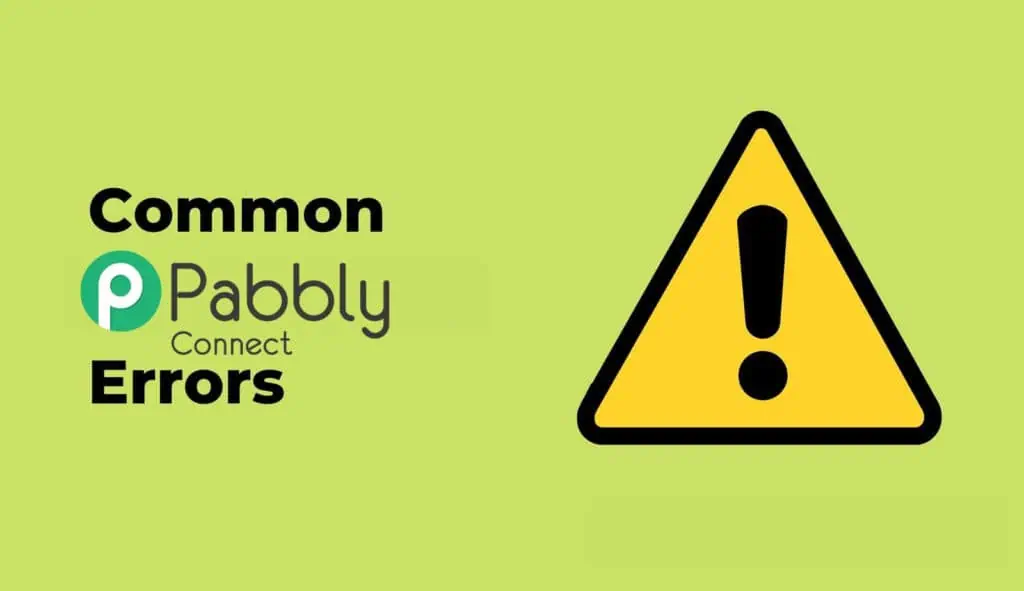Integrating Google Sheets with Pabbly Connect can be a game-changer for automating your workflows and streamlining your data management processes. However, as with any integration, there are common pitfalls that users often encounter. In this blog post, we’ll walk you through these common mistakes and provide actionable tips to ensure a smooth and successful connection between Google Sheets and Pabbly Connect.
1. Managing Multiple Google Accounts
One of the most frequent issues users face is having multiple Google accounts logged in their browser. This can create authentication problems when trying to connect Google Sheets with Pabbly Connect. To avoid this, ensure that you have only one Google account logged in your browser. If managing multiple accounts is unavoidable, consider using an incognito tab. This way, you can log into your Google Sheets account in the incognito tab and set up the connection without any authentication issues.
Tip: Always double-check which Google account is active before initiating the connection process.
2. Correctly Adding the Webhook URL
After setting up your workflow in Pabbly Connect and selecting Google Sheets as the trigger application, you will receive a webhook URL. This URL is crucial for establishing the connection. A common mistake is copying and pasting the wrong URL or making errors while adding it to the initial setup in Google Sheets.
Tip: Carefully copy the webhook URL from your Pabbly Connect workflow and paste it accurately into the initial setup window in Google Sheets. Double-check for any extra spaces or missing characters.
3. Selecting the Correct Trigger Column
The trigger column in your Google Sheet should be the last data entry column. For instance, if your sheet has columns A, B, C, and D, and you want to capture data up to column D, then column D should be your trigger column. If you mistakenly select column E as the trigger column and do not enter any data in it, no data will be sent to Pabbly Connect. Conversely, if you select column C as the trigger column, only data up to column C will be sent.
Tip: Always select the last data entry column as your trigger column to ensure that all relevant data is captured and sent to Pabbly Connect.
4. Testing the Connection
After setting up the trigger column, it’s essential to test the connection to ensure everything is working correctly. In Pabbly Connect, click on the “Send Test” button. This action will send the data from the first row (after the headers) of your Google Sheet to Pabbly Connect as a test response. If the data appears correctly in Pabbly Connect, your connection is working fine.
Tip: Regularly test the connection during the setup process to catch any issues early on.
5. Enabling Instant Data Transfer
To ensure that data is sent to Pabbly Connect instantly whenever a new row is added to your Google Sheet, you need to enable the “Send on Event” option. This setting tells Google Sheets to immediately send data to Pabbly Connect whenever new data is entered up to the trigger column.
Tip: Go to Extensions > Pabbly Connect Webhooks > Send on Event and ensure it is ticked. This will enable real-time data transfer.
Practical Example
Let’s put these tips into practice with a simple example. Suppose you have a Google Sheet with columns for Name, Email, Company, and Phone Number. You want to capture data up to the Phone Number column (column D).
- Single Google Account: Ensure only one Google account is logged in or use an incognito tab.
- Webhook URL: Copy the webhook URL from Pabbly Connect and paste it accurately into the initial setup in Google Sheets.
- Trigger Column: Select column D as the trigger column.
- Test Connection: Click on “Send Test” in Pabbly Connect to verify the connection.
- Enable Instant Transfer: Go to Extensions > Pabbly Connect Webhooks > Send on Event and tick the option.
Now, whenever you add a new row of data up to column D, it will be instantly sent to Pabbly Connect, ensuring seamless data integration.
The Take Away
By avoiding these common mistakes, you can ensure a smooth and efficient integration between Google Sheets and Pabbly Connect. This will not only save you time but also enhance your workflow automation.
Pabbly is a real game changer even if there are more established platforms like Zapier, yet, Pabbly connect has an amazing lifetime deal still going on, that i recommend checking out now, before it’s too late.
Remember, the key to successful integration lies in attention to detail and regular testing. Happy automating!





